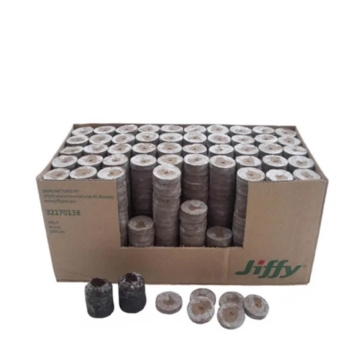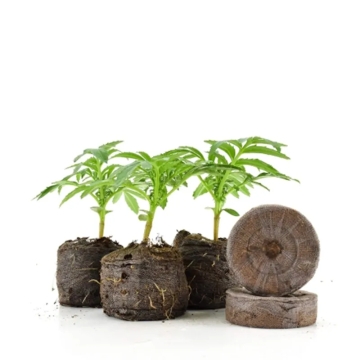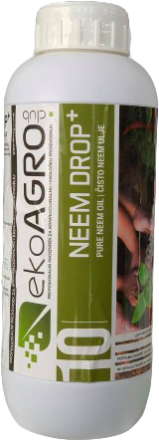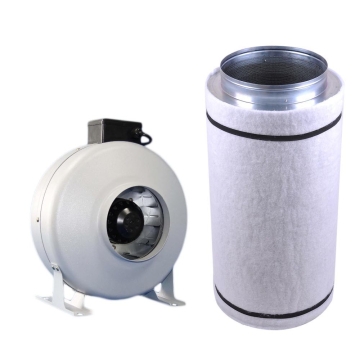Date: 29 Sep 2022
One of the most common problems with novice growers is overwatering, which can cause root rot, which in turn is devastating to plants. You will need to act quickly to resolve this issue. People tend to assume that watering is simple, but it is something that should be done with caution when it comes to these plants. In this particular post, we will try to resolve it.
What can happen?
Excessive watering of plants that are still small can be quite a problem. Water can accumulate at the bottom of the pot and eventually lead to root rot - this can destroy small plants or cause them to grow super short and produce lower yields due to their size. Plus, if it happens indoors, other plants can eventually overshadow the smaller plant and kill it completely.
One of the most important parts of plants is their roots; they essentially keep your plants in the soil while absorbing nutrients and water during each stage, absorbing oxygen during the vegetation and flowering processes. Excessive watering can actually drown the roots, causing nutrient blockages and problems with your plants.
Symptoms of overwatering
You will need to pay close attention to your plant to notice watering problems. One of the biggest factors is how they look after irrigation; if they start to sag, it may be a sign of root obstruction. Another symptom, one of the clearest, is the discoloration of the leaves of your plants, the so-called light yellow color. This happens when excess water is a permanent problem that can cause problems, such as a drastic reduction in yield (if you manage to restore the plant) and can even be fatal if not treated in time.
To avoid excessive watering, you will need to start using a small amount of water around a cup for small plants. You can start increasing the dose once it is large enough to need two glasses a day; this may take about a week. This allows the roots of your plants to grow faster, resulting in larger plants that can absorb more water and nutrients.
How to fix watering plants?
Enzymes
When your plants are big enough, you don't have to worry about watering, as long as it doesn't happen every day. If you have overdosed on water, the first thing to do is wait a few days for it to dry. Water tends to drain to the bottom of the pot, which is one of the main causes of root rot.
The next time you water your plants, you will need to start using enzymes so that the root system becomes strong and healthy and can recover from any damage. Enzymes are catalysts that essentially stimulate various chemical processes in your plants, making them grow even faster.
Substrates
Although it seems silly, choosing the right substrate is extremely important. Your plant will live in the soil you choose for it, so making the right choice is vital. There are many different types to choose from, all of which have very different qualities and each of them relates differently to water drainage.
We recommend using substrates that do not retain water for too long if you have problems with excessive watering. We recommend choosing a substrate that contains perlite, as well as natural combinations of peat that are great for plants, allowing plants to absorb nutrients and water to grow successfully.
Once you have solved the problem, you can continue with the normal watering and feeding schedules, making sure that the mistake does not happen again. If you use enzymes throughout the process, the roots of your plants will be much healthier and will be much harder to rot. One of the reasons the roots get soaked and end up in a puddle is because some growers just pour out their water at once instead of watering slowly and letting it drain down.
















Post comment